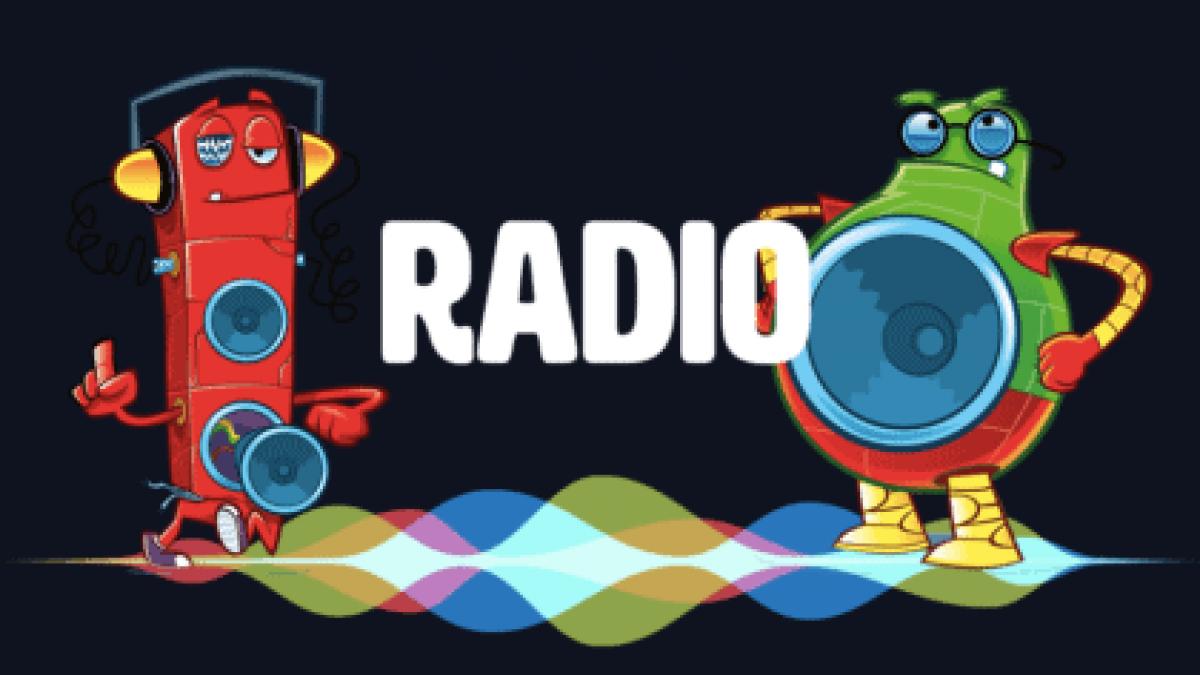When was the radio invented?
Embed from Getty ImagesThere was lots of work that went into inventing the radio but people tend to consider Guglielmo Marconi to be the person who invented it in 1895/6.
Was the radio a big deal when it was invented?
Yep!
Radio was the best way to communicate with people when it was first invented. Before that you had to rely on something like sending a letter or using morse code!
Embed from Getty ImagesSo how does radio work?
Well it starts in the radio studio where a radio presenter talks into a microphone.
Embed from Getty ImagesThe words travel into the microphone as sound waves and the microphone turns these sound waves into an electrical signal.
The electrical signal travels to a transmitter either through a wire, through the air via microwaves or through space via satellites.
Transmitters are where radio and TV signals get sent to in lots of different ways so that they can then be broadcast to you in your house.
Embed from Getty ImagesYou may have seen a radio transmitter around where you live. The tall bit you see is actually the antenna and the transmitter itself is usually inside the building.
The transmitter takes the electrical signal and makes it flow along the antenna. The power of this signal also gets boosted so that it has the power to travel far and wide.
The flow of the electricity creates radio waves that travel out the antenna and travel all the way to your radio.
Your radio catches these radio waves which cause an electrical current in your radio. Your radio then turns this current into sound that you can hear!
Whats AM, FM and DAB?
AM
AM stands for Amplitude Modulation.
Imagine that you are on a boat in a lake and you want to send a signal to people on the beach. One way would be to rock the boat this way… then that way… then this way and so on. This movement would make the waves travelling to the shore bigger.
AM radio is similar – it uses energy to change the height of the radio waves travelling through the air.
FM
FM stands for Frequency Modulation
FM is like a paddle that moves the water around us. Instead of making the waves bigger, we’re increasing the number of waves travelling to the beach.
FM uses energy to increase the frequency of the radio waves travelling through the air.
DAB
DAB stands for Digital Audio Broadcasting.
This way sound is changed into tiny packets of computer code and these are carried on the waves.
It’s a bit like this: if we were on our boat we could write the letters S.O.S on tons of different rubber duckies and send them towards the beach. Even if some of them got lost, people on the beach would still be able to piece together our signal – S. O. S. Those letters are like the packets of code, which are the signals we are sending through the air.
Your mission is to complete this quiz…
Find out more about radio by clicking here
Add a commentWeek 11: Physics
This week's missions are all about physics! We'll be finding out what sound is and what have waves got to do with it?
More From Week 11: Physics



